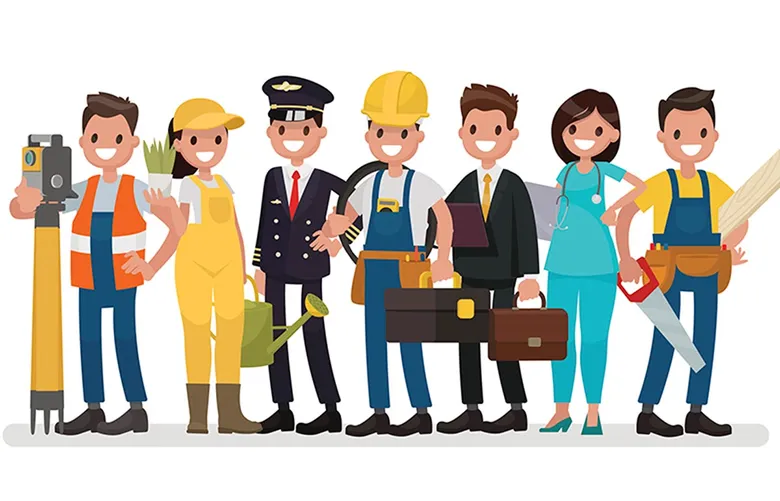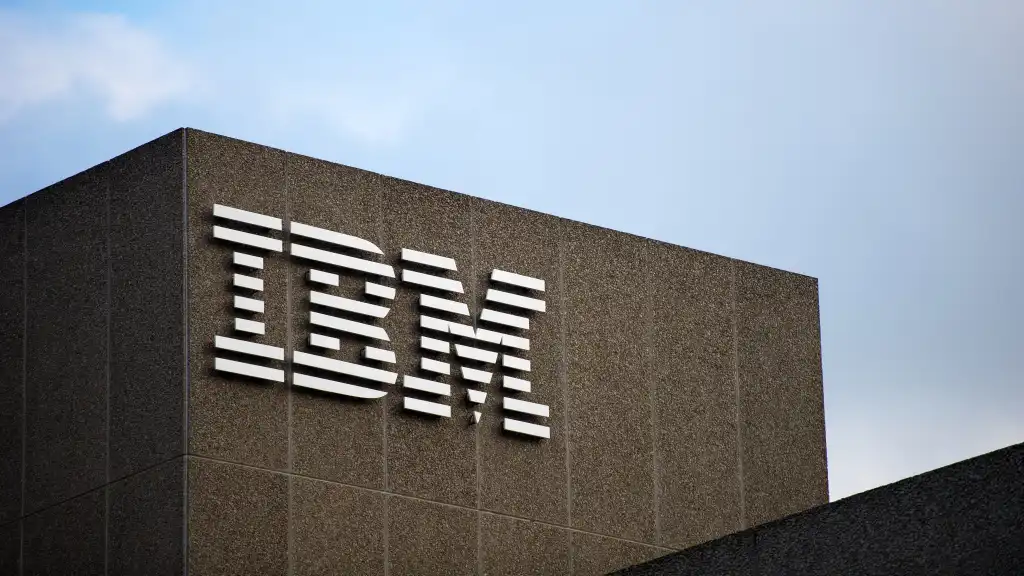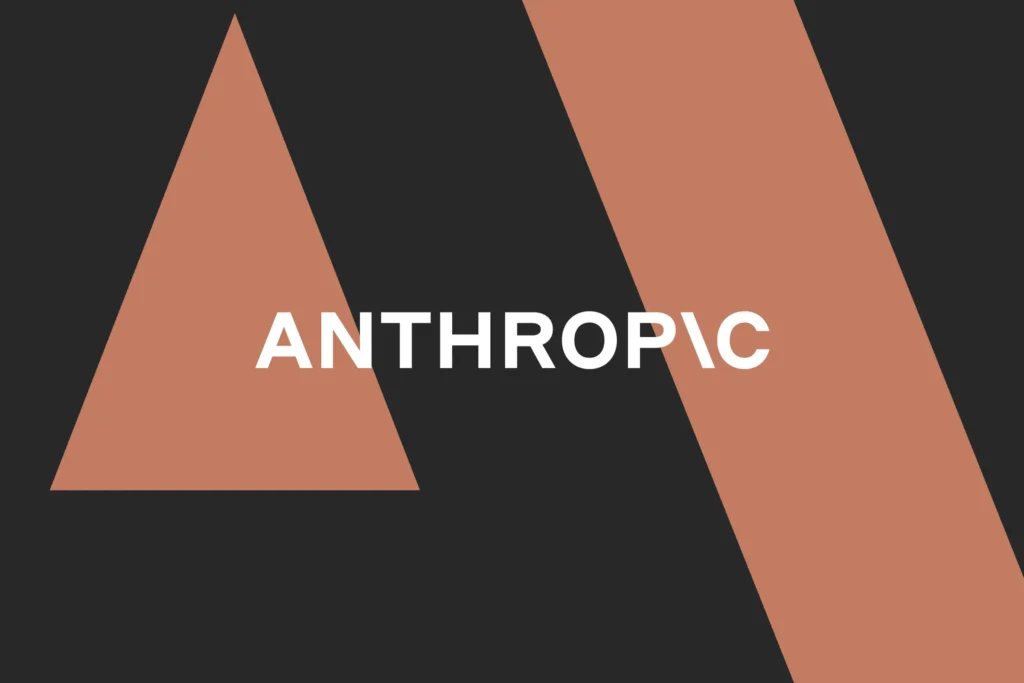A public dispute between two AI researchers recently cracked open a broader truth about the artificial intelligence industry: it’s at war with itself. The criticism came from Boaz Barak, a Harvard professor currently on leave and working on safety at OpenAI, who labeled xAI’s launch of its Grok model “completely irresponsible.” His concern wasn’t the content or performance of the model—it was the absence of basic transparency tools like a public system card or documented safety testing.
Behind the curtain at OpenAI
Barak’s critique might have read as a call for industry standards. But a reflective post from former OpenAI engineer Calvin French-Owen complicates the narrative. According to him, OpenAI does invest heavily in safety—addressing issues like hate speech, biosecurity, and self-harm—but much of that work never sees the light of day. “Most of the work which is done isn’t published,” he admitted, emphasizing the need for greater openness.
The Safety-Velocity Paradox
This tension—between innovation at all costs and the need for caution—is what some call the “Safety-Velocity Paradox.” OpenAI’s internal culture, says French-Owen, is one of speed bordering on chaos. Headcount has tripled, workflows have strained under the pressure, and secrecy often trumps openness in the name of staying ahead of competitors like Google and Anthropic.
Speed as the default mode
The creation of Codex, OpenAI’s coding assistant, is a case study in this breakneck pace. French-Owen described it as a “mad-dash sprint” by a small team over just seven weeks, with long nights and weekend work becoming the norm. That kind of velocity comes at a cost: not only to employees’ well-being, but to the slower, vital work of safety research and public accountability.
Why the race feels inevitable
The reasons for this tension aren’t nefarious. There’s market pressure to win. There’s a culture born from experimentation and hacking. And crucially, safety success is hard to measure. It’s easy to count model benchmarks and release cycles. It’s nearly impossible to measure disasters that never happened thanks to preventive work.
Changing the rules, not the players
Pointing fingers at individual companies misses the point. What’s needed is a new rulebook. Publishing a safety case should be as standard as publishing a changelog. Regulatory or industry-wide standards could create a level playing field where transparency is no longer a disadvantage. Safety should become a shared baseline—not a competitive edge.
Culture is the real lever
Ultimately, safety won’t scale unless it’s embedded in the culture. It can’t be the job of just one team. Every engineer, product owner, and executive needs to feel personally responsible for how the tools they build might impact the world.
The true finish line
The finish line isn’t just AGI—it’s a future where we can look back and say we got there the right way. The winner of the AI race won’t just be the one who moved the fastest. It’ll be the one who moved wisely.
Source: https://www.artificialintelligence-news.com/news/can-speed-and-safety-truly-coexist-ai-race/






